Even more notes from the AMA that I recently conducted on Reddit: On being asked my advice for breaking into the industry: Everyone told me it would really hard to break in. It’s not. You need to be three things:…
Author Art Adams
Welcome back. Here’s part 2 in my continuing series of articles that archive my responses to a recent Reddit AMA–with a few tweaks and additions here and there. Enjoy! One reader asked: (1) What makes a good director? (2) How…
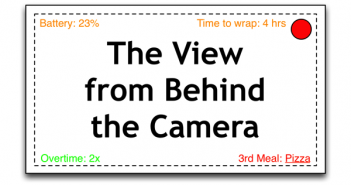
I was recently invited to conduct an “AMA” (ask me anything) on Reddit, in /r/filmmakers. Some of my answers were pretty good, so I’m reposting them here with updates and tweaks. I’m not including all my answers here so if…
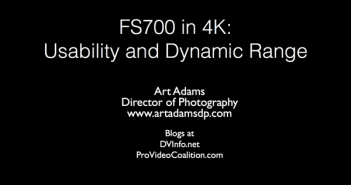
There are 28 things an assistant is supposed to do to this camera before every take. In practice there are really about ten that absolutely need to be done every single time, but miss one and you’ve killed a shot… or maybe a series of shots on the same roll of film. In spite of this some of the greatest movies in history were shot on the Bell & Howell 2709 by cinematographers and their crews who knew the camera’s limitations and worked within them… and every once in a while found ways to push themselves a little further. In this sense the FS700 is equally capable: if you know what it can do and use it for what it’s good for, you’ll make some amazing images. The trick is know where you can’t cut corners.
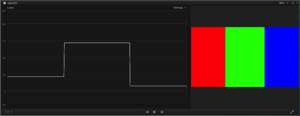
Proper exposure in HD is not always easy. Meter readings don’t always match what the camera sees. Zebras tell us where highlights are clipped but that’s about it. False color gives us broad stroke references… but the most useful tool overall is the waveform monitor. The problem is that there are two kinds: both are extremely useful, but for completely different things.
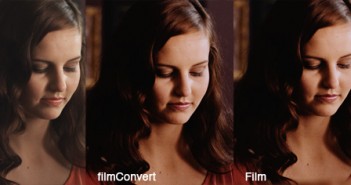
When Rubber Monkey Software of New Zealand asked me to review their filmConvert software, it occurred to me that this was an opportunity to ask some deeper questions about film stock emulation products that never seem to get asked: not just “how,” but “why?” Rubber Monkey software is based in New Zealand. Lance Lones, one of their principals who has a strong background in visual effects as well as color technology, took a lot of time to answer my emailed questions in great detail, for which I am truly thankful. My questions are in bold, followed by Lance’s responses.
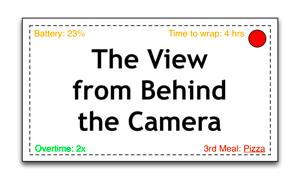
Demo reels are tough, especially when you’re first starting out. Here’s my advice on how to get through the first few iterations. My first showreel was awful. Well, actually it wasn’t that bad considering where I was in my career…
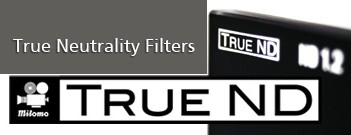
One of the dirty little secrets of the film industry is that, historically, no one has made a truly neutral ND filter. In theory ND filters cut all visible light equally, but the sad reality is that they all shift color a bit. Some go a bit cool, some turn magenta… they all tend to shift in one direction or another depending on the brand. A company by the name of Mitomo claims to have made a perfectly neutral ND filter that also cuts IR on every camera made. This is a spectacular claim and I was naturally skeptical when I first heard of this product. There’s only way to find out if this is true, so read on…
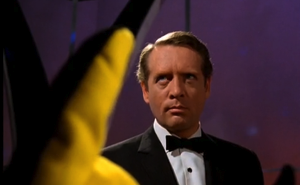
Creativity is a tremendously hard thing to quantify, and yet producers and directors want to know what they’re getting before they buy it. They want to see that a DP can do one or two things really well, and then they feel confident that a DP they haven’t worked with before can definitely deliver. That’s why tabletop DPs get stuck doing lots of tabletop, or visual effects DPs shoot lots of green screen and background plates: they can show that they do that really well, so that’s what they’ll be hired to do.
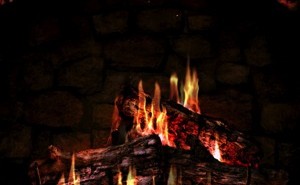
Firelight and window light have a lot in common. They both require multiple light sources to look convincing. Here are my favorite tricks for reproducing both. I first learned the “strips of multicolored gels waved in front of a light” firelight trick in film school, and I never found it very convincing. I don’t get a lot of opportunities to use flame bars, and I know there are ways to emulate firelight using multiple china balls with different gels on them. My favorite technique came about by simply staring into a fireplace for a while.
